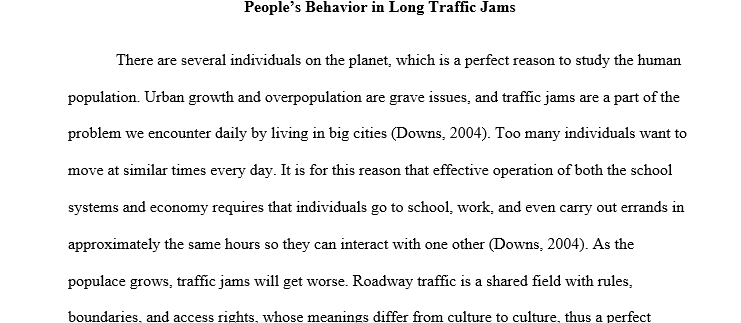For the next assignment, write an essay that analyzes a public space or a social ritual. Say something about the things that you choose
For the next assignment, write an essay that analyzes a public space or a social ritual. Say something about the things that you choose to study—or the performances and rituals that you choose to study—that most people would not notice until they began to think about it. Make observations, if possible, that you yourself would not have noticed until you asked the kinds of questions that put you in an analytical frame of mind. I am thinking of Desmond Morris’s “Territorial Behavior” and Joan Kron’s “The Semiotics of Home Décor” as possible model essays. The topic of your essay need not be something that your readers will be familiar with. Write about 1000 words.
Don’t be surprised if the two choices of topic overlap. Social rituals have a setting, after all, and public spaces are the sites of ritualized behavior.
What you see when you pay attention to ritualized behavior will not the behavior of individuals, at least it need not be understood only in that way. It is learned behavior and it might differ with regard to ethnicity, gender, age, and other group identifications. These are unspoken codes of manners. Look at the body language that you do not always bother to think about consciously. If you talk about shaking hands, or how to react when opening a gift, or how people behave in long traffic jams, think about the slight variations in the code according to time of day, weather, the gender, race, and age of the participants, and other contextual factors.
You can write about how people should behave, but I think it will work out better if you write about how people do behave. You don’t have to prove it, but one thing you can strive toward is to get audience members to see what they haven’t seen before.
For the public space: Pick a place that is crowded with enough stuff so that you can pick out individual components and read them for the signals they send. A supermarket or a hotel lobby or a town square or a restaurant will work. Ask yourself what you can learn about what a culture values by looking at a space. De-emphasize the practical, and emphasize the symbolic. We do not always ask “how might this thing (this product, this space) have been otherwise?” Once you ask that, you realize that most things are as they are because of a particular creative choice on the part of a designer, or because the culture pressures people to expect certain things and behave in certain ways. At the supermarket, the peanuts are in a different aisle from the peanut butter for a reason. Are there toilets in every college classroom? Why are men’s eyeglasses and women’s eyeglasses usually separate in the optical store? Do movie theatres serve beer? You can use a semi-public space or a work space as your choice for this essay too. Cubicles, desks, lighting.
In this essay, you may wish to decode the value of certain cultural signifiers. What does a plastic plant mean—what place do you associate it with? What about the colors? Tablecloths, music choices, choices of fonts, exposed pipes—they all have their peculiar sets of associations.
When you see something in an airport that feels “airport-like,” that’s only of limited interest, but if you see something in a church that feels “airport-like,” then you’re describing the way small elements can contribute to a “look,” and may contribute to our understanding of and feeling for a place. (I’ve chosen “airport” and “church” because they tend to have a certain look, but the possibilities are endless: how does an institutional building try to make you feel at home? What contributes to the feel of “institution” and what contributes to “home”?
Analysis of other cultural artifacts is good too. Remember, I am looking for things that you have seen in the past as givens, but which are the products of a plan, a reflection of cultural history and labor, and an indication of the values of the culture they grow out of. Sometimes you have to take an anthropologist’s perspective. Sometimes you have to take a martian’s.
Although this is ultimately an analysis essay, we will be working on storytelling on the way to completing it. Storytelling, too, requires keen observation. You may be able to incorporate a story into your analysis (“One day …”).
Answer preview or For the next assignment, write an essay that analyzes a public space or a social ritual. Say something about the things that you choose

946 Words